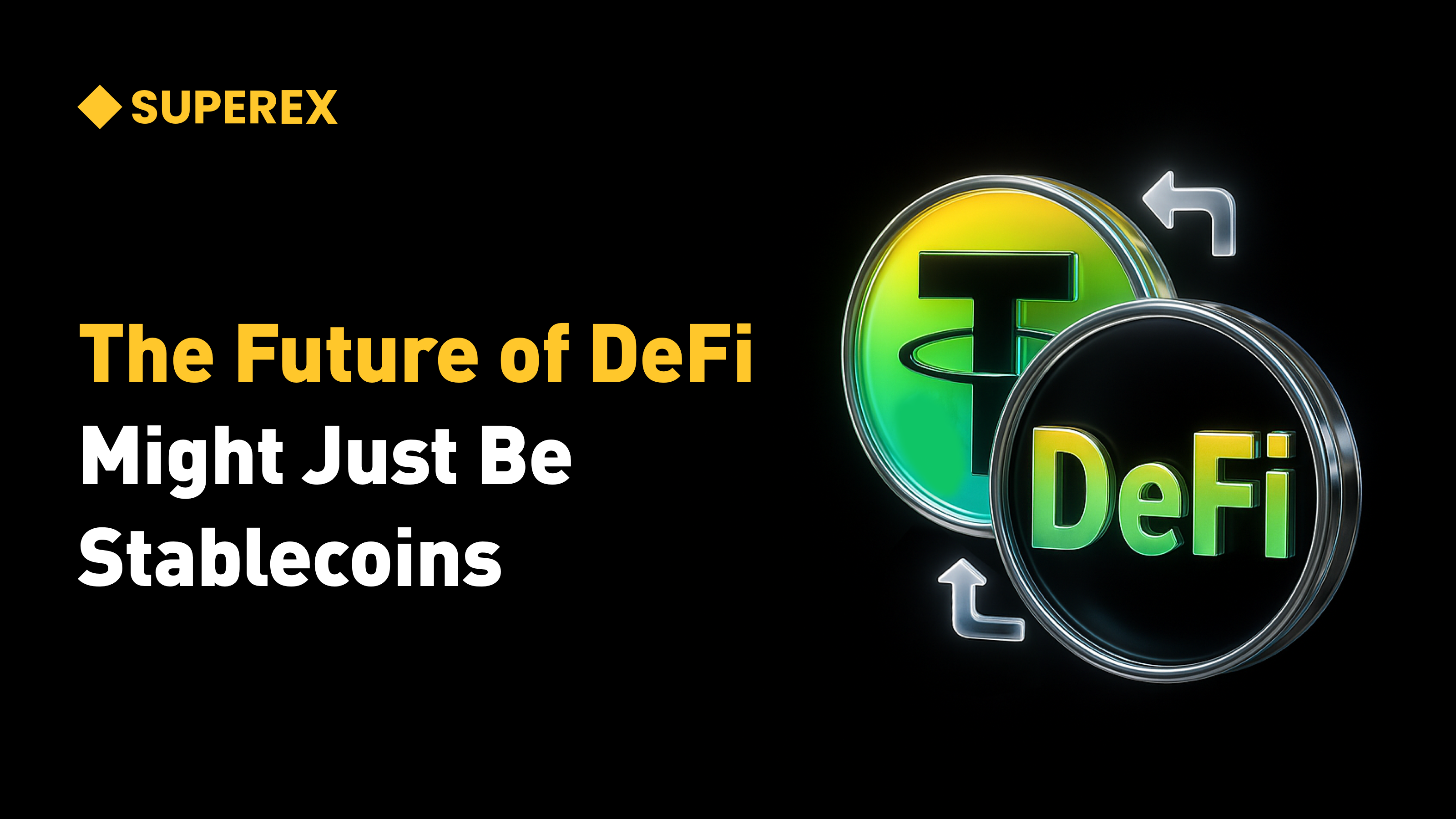#DeFi #Stablecoin #Crypto
If you’ve been spending your time wondering when the bull market will return or which chain will be the ultimate winner, you might have missed a far more structural shift:More and more top DeFi projects are quietly launching their own stablecoins.
Curve rolled out crvUSD. Aave launched GHO. Even OG projects like dYdX, Synthetix, and MakerDAO are all experimenting with a new playbook of “stablecoin + closed-loop ecosystem.”
But why stablecoins? Shouldn’t they be focusing on governance tokens? Driving TVL? Staking incentives? Why are they all suddenly turning into “mint factories”?
This isn’t a short-term hype cycle. It’s the natural evolution of the DeFi business model. Today, we’ll unpack this underappreciated migration that’s reshaping crypto.

The Ultimate DeFi War: From Open-Source Competition to “Closed-Loop Stablecoin Economies”
Let’s start with a simple fact: DeFi is the one sector where any new idea you launch today will be forked tomorrow.
Why? Because there’s virtually no moat:
-
Code is open source
-
Frontends can be cloned
-
Users are highly mobile
-
There’s no regulatory protection or brand monopoly
This forces teams to constantly innovate.
But a single innovative product doesn’t make you sustainable — and it’s still easy to copy.So what do you do?
Simple:You mint your own money.
Importantly, this isn’t about “air tokens.” It’s about protocol-native stablecoins backed by collateral, algorithms, or real-world assets — and designed for closed-loop use cases:
-
Want to trade? Use our stablecoin for cheaper settlement.
-
Want to stake? Earn higher yields in our stablecoin.
-
Want to try new protocols? They’ll prioritize our stablecoin.
At that point, the stablecoin isn’t just a financial tool — it becomes the profit engine of the entire business model.
Why Are Stablecoins So Attractive? Because They Actually Generate Revenue
Look at Aave’s GHO:
-
Current circulation: ~$250 million
-
Collateral rate: ~2.1%
-
Annual revenue: $1.3 million+
-
Share of Aave’s total income: nearly 50%
Or Curve’s crvUSD:
-
Backed by collateral and AMM pools
-
Liquidity pools power trading, lending, and minting
-
Curve collects both trading fees and interest
-
Meanwhile, the system reinforces governance power and boosts CRV token utility
In short: Stablecoins combine high margins, strong closed loops, and deep control.And this model doesn’t even exist in traditional finance — after all, have you ever seen a bank allow customers to mint their own money?
How Did DeFi Projects Evolve Toward “Stablecoin-Centric Closed Loops”?
The whole journey can be divided into five stages:
Stage 1: Matchmaker — Earning Fees by Matching Trades
-
Examples: Uniswap, dYdX
-
Problem: Fierce competition, with most profits going to liquidity providers. Trading fees keep shrinking, making the model unsustainable over time.
Stage 2: Liquidity Services — “Deposit Collateral, We Issue Assets”
-
Examples: MakerDAO, Lido
-
Logic: No trade matching — just provide stable yields. Users lock ETH and mint DAI or stETH.
-
Upside: No need to split revenue with LPs. Income is more predictable.
-
Challenge: Network effects take time to build. Derivative assets face adoption hurdles.
Stage 3: Asset Manager — DeFi’s Wealth Advisor
-
Examples: Yearn, Convex
-
Approach: Help users optimize yields and take a management fee.
-
Problem: Easy to copy, hard to scale, and margins are thin. Convex partly overcame this by amassing CRV, but it’s an exception.
Stage 4: Service Provider — The Middleware Layer
-
Examples: Instadapp, DeFi Saver
-
Function: Packaging, automation, and UX improvements.
-
Problem: No control over capital sources. Barriers to entry are minimal. Revenue ceiling is obvious.
Stage 5: Supplier — The Platform + Mint Factory
-
Examples: dYdX v4, Curve, Aave, Synthetix
-
Strategy: Launch your own stablecoin, create closed-loop use cases, unify liquidity, yields, and the ecosystem.
Why Is “Stablecoin + Closed-Loop Use” the Future of DeFi?
It’s simple: When A becomes B’s future, it’s because A solves B’s current pain points.And what are DeFi’s current pain points?
✅ Too little revenue
✅ High incentive costs
✅ Unstable liquidity
✅ Low composability
✅ Weak user retention
How does a closed-loop stablecoin solve these five problems?
✅ Interest income: direct profitability
✅ Internal incentives: less reliance on external farming
✅ Core function integration: the stablecoin becomes the glue
✅ Standardized collateral: composability across protocols
✅ More use cases: higher switching costs and stickiness
In short:Stablecoin closed loops = low-cost acquisition + compounding income + liquidity control.
Do New Projects Still Have a Chance? Yes — but It’s Twice as Hard
Right now, the closed-loop stablecoin strategy is dominated by OG protocols. Why?
Because it doesn’t just require technology — it demands trust and time.
If a project is new and untested, users simply won’t risk using its stablecoin for collateral, trading, or liquidity farming. Without demand, your stablecoin is worthless.
That’s why newer platforms like Hyperliquid decided to skip VCs altogether and raise liquidity directly from users to build trust.
But this is an extremely difficult path — most teams won’t survive it.
Conclusion: Stablecoins Aren’t the Endgame — They’re the Great Divide of DeFi Business Models
-
In the early days, DeFi thrived on innovative products.
-
Today, DeFi is about sustainable cash flows and ecosystem synergy.
✅ Whoever controls liquidity controls stablecoins.
✅ Whoever controls stablecoins controls the future of DeFi.
This is why every major DeFi project has launched its own stablecoin strategy. It’s not just about creating another revenue stream — it’s about building a self-contained financial ecosystem.
If you missed DeFi Summer in 2020, this is your next big cycle.
Don’t just watch token prices — understand the business logic. Because the next wave of opportunity is already taking flight from stablecoins.





评论 (0)